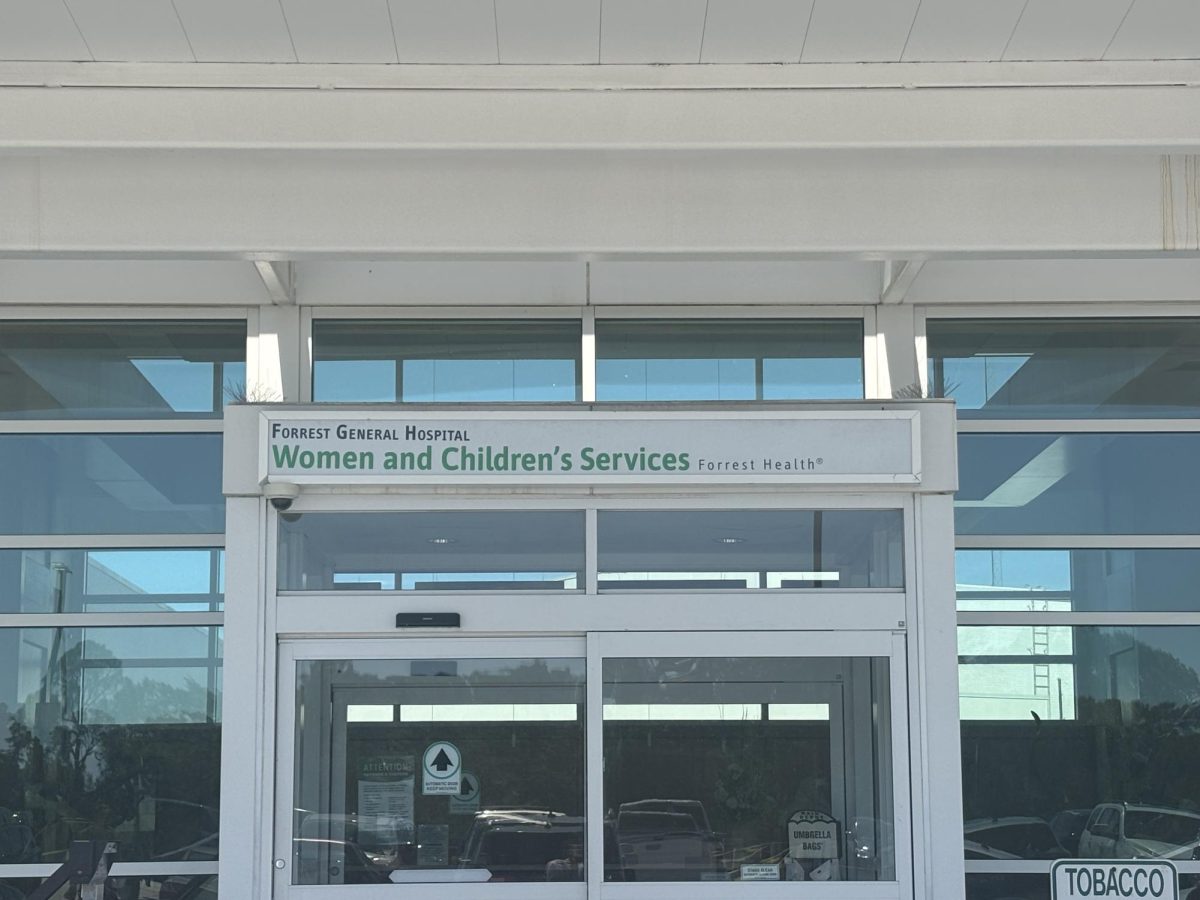College is a time of studying, sports, and socialization—a time of adjusting to a new lifestyle. It is not a time that young adults are thinking about long term health and preventing heart disease. Many college students are completely unaware of their risk of heart disease, which could be increasing, and are instead worried about finishing that last assignment. There are a few ways students can be health-savvy and keep their heart healthy.
February is American Heart Month, a month designated to educate individuals of all ages, including college students, on heart health. The facts are alarming. Heart disease is the number one cause of death in the United States. According to the Mississippi State Department of Health, Mississippi is one of the top states in the nation for heart attack and stroke related deaths, with an estimated 8,000 Mississippians dying from heart disease each year.
For college students, lack of sleep, decreased physical activity, poor eating habits, increase in stress, and change of environment are all common behaviors that can contribute to the development of heart disease. These habits may cause many college students to have heart-related complications later in life. It is important to realize that young adults are not completely immune from increasing their chances of or gaining cardiac disease and other heart conditions.
“I always thought that if I had—and we all have a health condition—that mine would be cancer,” Dr. Stephen Beam said, recalling his experience with heart disease. “It’s very prevalent in my family. But in 2020 I started having some leg and chest pain, and in October of 2020 I found myself undergoing a triple bypass. Three months after that in 2021, I started having chest pain, and it turns out two of the bypasses had not worked very well. So I had to have five stents placed. Both of those recoveries took a while and sapped my strength.”
The first step in the prevention of heart disease is to know the risk factors. According to the American Heart Association, there are uncontrollable and controllable risk factors. Uncontrollable risk factors for heart disease include age and family history. Controllable risk factors include high blood pressure, high cholesterol, diabetes, overweight or obesity, smoking, excessive alcohol use, and lack of physical activity.
“One of the most important things to prevent cardiac disease is smoking sensation,” said Registered Pharmacist Matt Hudson on ways to prevent heart disease. “Smoking cigarettes, or any kind of smoking, increases the risk of heart disease multiple times. It’s been shown that stopping smoking can reduce your risk for heart disease. Also, increasing your exercise to about 30 minutes- 4 to 5 times a week of mild to moderate exercise- can decrease your risk. Maintaining a healthy diet that’s lower in salt is important, because the salt can pull out your fluid, and then you could end up with a bunch of congestion. Those are some important things to help prevent cardiac disease.”
While heart disease is preventable, some people are born with certain heart conditions. Even with no family history, people can be born with heart defects, such as congenital heart failure. There are also some heart conditions that may happen to someone years after they are born, such as Raynaud’s Syndrome and leaky valve syndrome. While these conditions can be harmful if they go untreated, they are usually very visible and treatable. Simply raising awareness for heart conditions as a whole can go a long way in treating people born with heart defects.
For more information regarding American Heart Month and heart disease, contact the American Heart Association, or your local hospital or clinic.
Categories:
American Heart Month kicks off in February
0
Donate to SM2
Your donation will support the student journalists of University of Southern Mississipi. Your contribution will allow us to purchase equipment and cover our annual website hosting costs.
More to Discover

























